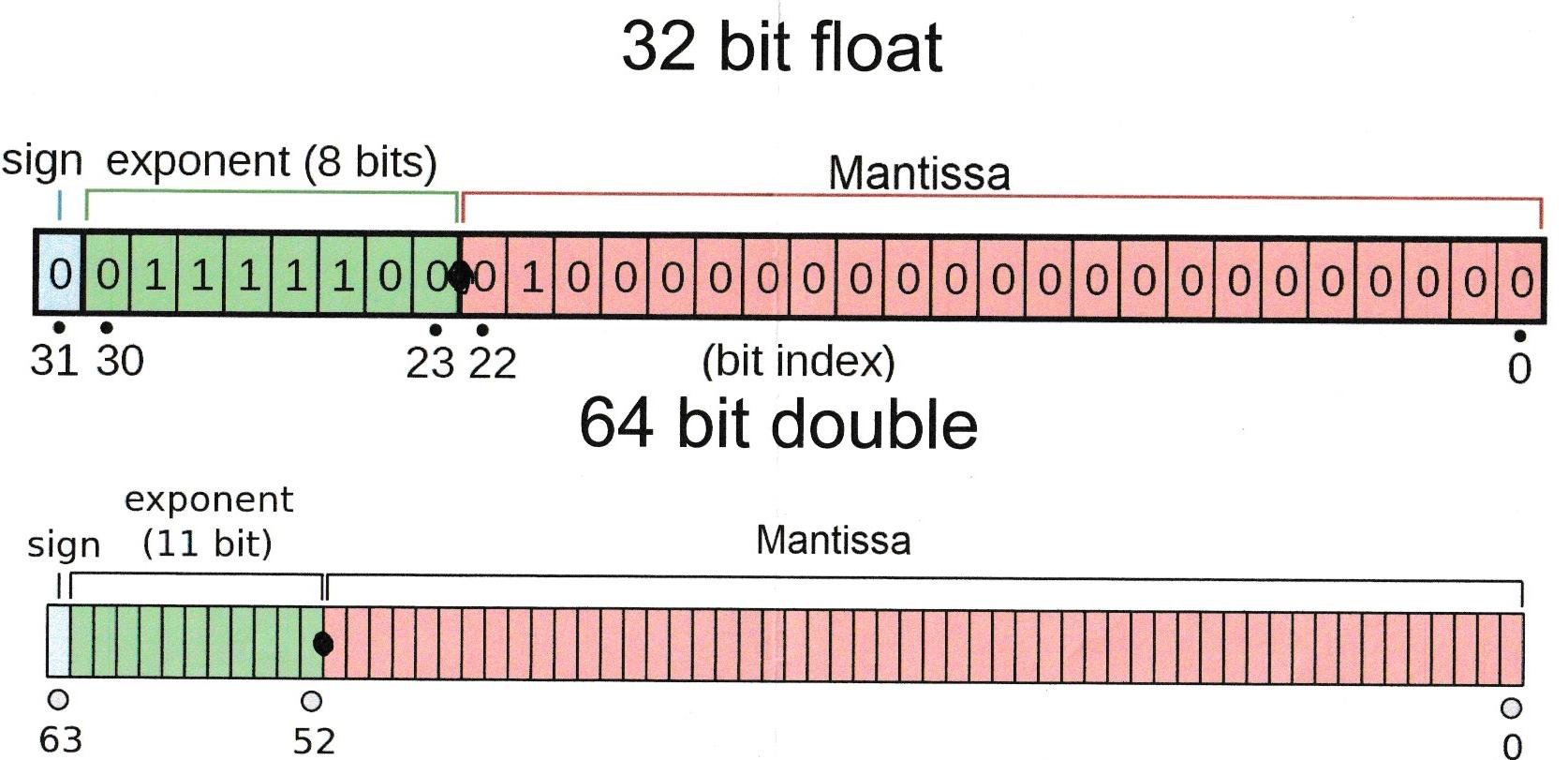Is there anyone else out there frustrated with Java OpenJDK floating point errors through float and double and StrictMath? These errors could be repaired by using a symmetrical y=2^n, or openlibm instead of fdlibm. These problems could be solved with, say, 95% compatability intact on the double. If this problem can be mostly solved, I dare anyone capable and willing with Java, C and Assembly to express interest here to give such a go, and to republish the results on Sourceforge!


Java:
import static java.lang.System.*;
public class Start
{
public static void main(String ... args)
{
out.println("Program has started...");
out.println();
float a = 0.1F;
float b = 0.1F;
float c = a*b;
out.println(c);
double d = 0.1D;
double e = 0.1D;
double f = d*e;
out.println();
out.println(f);
out.println();
out.println("Program has Finished.");
}}
/*
Program has started...
0.010000001
0.010000000000000002
[0.01]
Program has Finished.**
*/